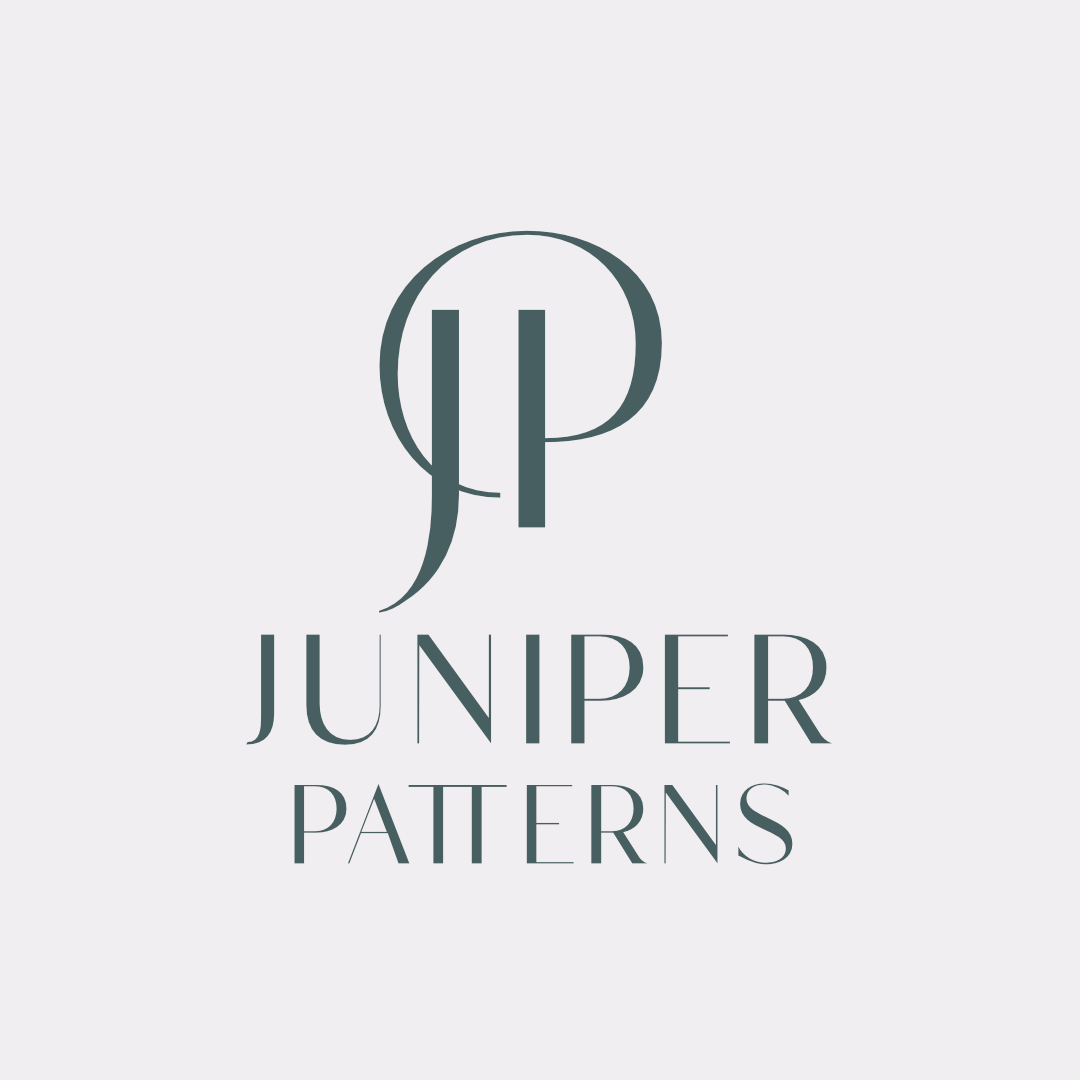Common Seam Finishes for Sewing with Wovens
One of the first techniques you will master as a beginner sewist is the seam finish. Woven fabrics must be “finished” on their raw edges or they will eventually fray. The type of seam finish you use might depend on the fabric or pattern, how you intend to use and care for the project, or your aesthetic preferences. Here is a run-down of the most common seam finishes for sewing with woven fabrics. Stay tuned for more detailed instructions.
Pinked Finish: This finish involves using pinking shears—scissors with a zigzag blade—to cut the raw edge of a fabric seam. The zigzag pattern helps minimize fraying and is best suited for fabrics that don’t fray heavily. While it provides a simple and quick finish, it’s less durable than other methods and often used for lightweight, less frequently washed garments, like tote bags or curtains.
Zig Zag Finish: This finish uses a zigzag stitch sewn along the raw edge of a fabric seam. It helps to prevent fraying by wrapping the stitch around the edge, and is suitable for all types of fabrics. This finish is quick to apply on a regular sewing machine, and it's a flexible way to secure edges without needing specialized equipment. It is likely to be the first seam finish you learn and your go-to seam finish (unless you own a serger).
Serged Finish: A serged finish uses a serger (or overlocker) machine to trim, sew, and finish fabric edges all in one step with an overlock stitch. It creates a clean, professional edge that resists fraying, making it ideal for seams in garments, particularly those made of knit or woven fabrics. This finish is durable and widely used in commercial sewing.
French Seam: A French seam encloses raw edges by sewing the seam in two steps: first, wrong sides together with a small seam allowance, then right sides together with a bigger seam allowance. This double seam creates a neat, enclosed edge on the inside of the garment. It’s ideal for lightweight or sheer fabrics and gives a polished look, often used in high-end garments.
Flat Felled Seam: This seam finish encases raw edges by folding one seam allowance over the other and stitching it down. It creates a strong, durable seam with a double line of visible stitching, often found on jeans, button-up shirts, and other garments that require a sturdy finish. It’s both decorative and functional, providing strength while concealing raw edges.
Bias Binding Finish: This finish uses a strip of fabric cut on the bias to wrap around and encase the raw edges of a seam. The bias cut allows the fabric to stretch slightly, making it easy to curve around edges. It creates a decorative, clean edge that adds strength, often used on necklines, armholes, and edges of quilts.
Hong Kong Binding: Similar to bias binding, the Hong Kong binding finish involves wrapping raw edges with bias-cut fabric. First the seam is pressed open, then bias binding is applied to both layers of the raw edge. It provides a neat and luxurious finish that’s popular for unlined jackets or high-end tailoring.
